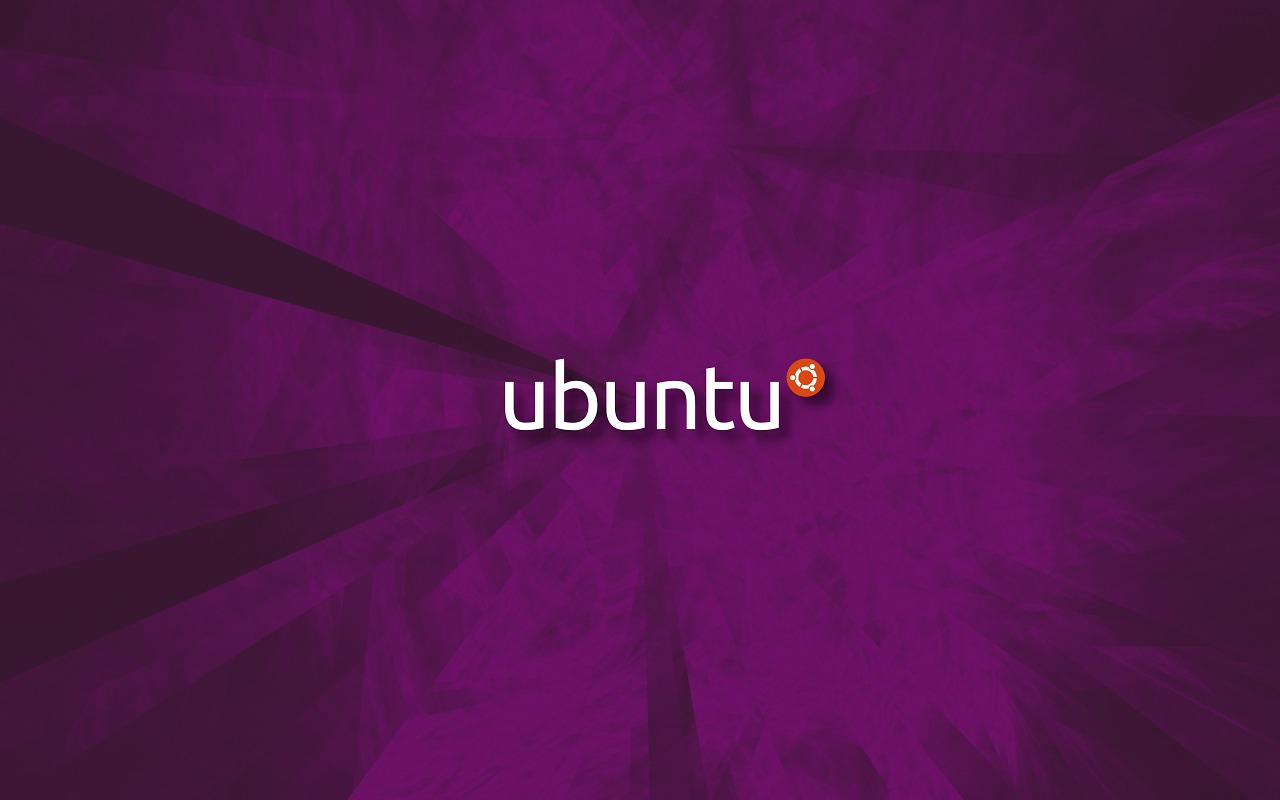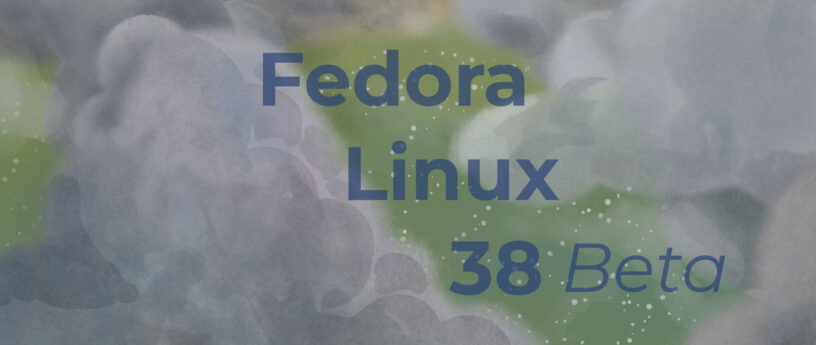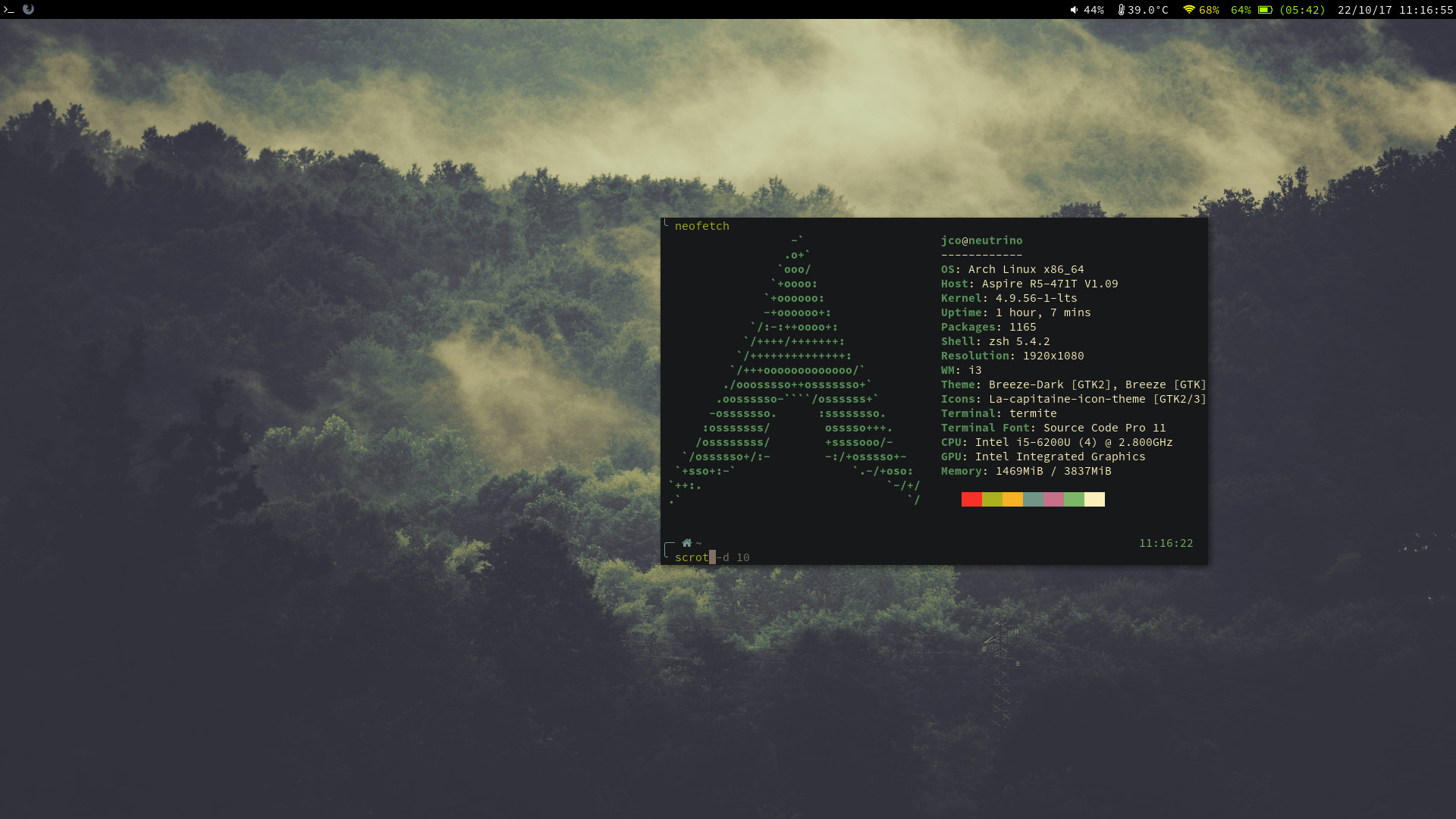In 2023, Linux distros keep on acquiring fame among tech lovers and open-source advocates. With their adaptability, customization choices, and security highlights, Linux distros offer an extraordinary figuring experience. In this article, we will investigate the main 5 Best Linux distros that you ought to consider attempting in 2023
Linux distros, short for Linux conveyances, are working frameworks in light of the Linux part, which is open-source programming. Linux distros come in different flavours, each with its own highlights, functionalities, and UIs. Some famous Linux distros incorporate Ubuntu, Fedora, Debian, CentOS, and Arch Linux.
Top 5 Linux Distros
In 2023, several Linux distros are making waves in the Linux community. Here are the top 5 Linux distributions listed that you should try:
Ubuntu

Ubuntu is one of the most famous and fledgling accommodating Linux distros. It offers a smooth and instinctive UI and accompanies an extensive variety of pre-introduced programming, making it reasonable for both work area and server use. Ubuntu likewise has a huge local area and broad documentation, making it simple to track down help and assets.
System Requirements:
- 2 GHz dual-core processor
- 4 GB RAM
- 25 GB of free disk space.
Pros:
- Beginner-friendly with an easy-to-use interface
- Extensive software repository with a wide range of pre-installed software
- Large community and active support
Cons:
- Can be resource-intensive compared to other distros
- Frequent updates may result in stability issues for some users
Fedora

Fedora is a state-of-the-art Linux distro that is known for its incessant updates and spotlight on the most recent innovations. It offers a steady and secure climate for engineers and high-level clients, with an immense programming store and dynamic local area support. Fedora likewise fills in as the proving ground for Red Cap Endeavor Linux, pursuing it a decent decision for those keen on big business-grade arrangements.
System Requirements:
- 2 GHz dual-core processor
- 4 GB RAM
- 25 GB of free disk space.
Pros:
- Cutting-edge technology with frequent updates
- Suitable for developers and advanced users
- Large software repository and active community support
Cons:
- May not be as stable as other distros due to frequent updates
- Not recommended for beginners or users who prefer stability over bleeding-edge features
Debian

Debian is one of the most established and most regarded Linux distros, known for its dependability, security, and obligation to free programming standards. It has an enormous and dynamic local area that keeps an immense programming storehouse. Debian is much of the time utilized as the base for other Linux distros, including Ubuntu and Mint, pursuing it a strong decision for people who esteem dependability and transparency.
System Requirements:
- 1 GHz processor
- 2 GB RAM
- 10 GB of free disk space.
Pros:
- Known for its stability, security, and commitment to free software principles
- Vast software repository with long-term support
- Suitable for people who appreciate dependability and transparency.
Cons:
- Beginners may have a harder learning curve.
- In comparison to other distributions, it may not have the most recent software versions.
CentOS

CentOS is a free, local area upheld Linux distro that depends on the wellsprings of Red Cap Endeavor Linux (RHEL). It is known for its dependability and security highlights, settling on it as a famous decision for servers and endeavour conditions. CentOS offers long-haul backing and ordinary updates, making it appropriate for crucial applications.
System Requirements:
- 2 GHz dual-core processor
- 2 GB RAM
- 20 GB of free disk space.
Pros:
- Stable and reliable with long-term support
- Suitable for enterprise environments and server installations
- Active community support and security updates
Cons:
- In comparison to other distributions, it may not have the most recent software versions.
- Beginners may have a harder learning curve.
Arch Linux

Curve Linux is a moderate and exceptionally adaptable Linux distro that is known for its effortlessness and Do-It-Yourself (DIY) approach. It gives a rolling-discharge model, and that implies that the product is constantly refreshed to the most recent renditions. Curve Linux is appropriate for cutting-edge clients who like to assemble their framework without any preparation and modify it as per their particular necessities.
System Requirements:
- 64-bit processor
- 512 MB RAM
- 10 GB of free disk space
Pros:
- Highly customizable and flexible
- The rolling-release model provides access to the latest software versions
- Suitable for advanced users who prefer to build their system from scratch
Cons:
- Complex and manual installation processes may be challenging for beginners
- Requires more technical knowledge and regular maintenance
Conclusion
All in all, Linux offers a great many decisions with regard to choosing the best Linux distro to attempt in 2023. Each distro has its own assets, shortcomings, elements, and functionalities, making it vital to consider factors, for example, usability, soundness, programming accessibility, local area backing, and framework necessities prior to pursuing a choice. Whether you're a new or a power user, there's a Linux distribution that will meet your needs. With its open-source nature, Linux gives unmatched opportunities and customization choices for clients to make their optimal figuring experience. So feel free to investigate the universe of Linux distros to track down the one that best suits your inclinations and necessities.